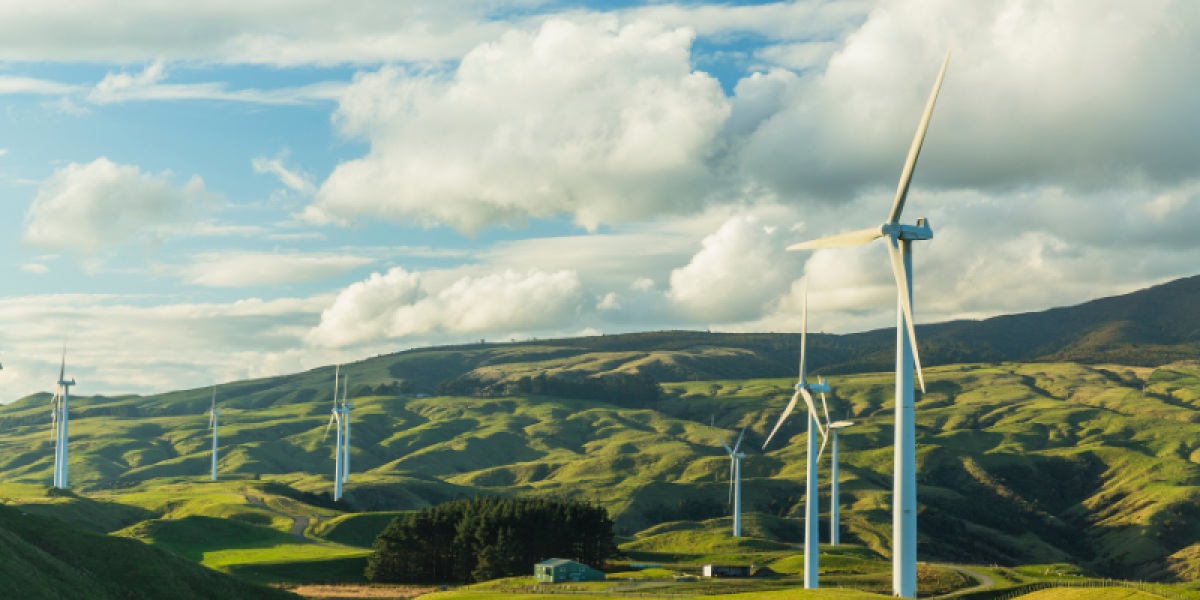Wind Energy on the Rise in the EU: Significant Progress in 2023 with 17 GW of New Capacity
Despite the positive progress, WindEurope calls for the construction of an additional 30 GW of wind energy

In 2023, the European Union took a significant step forward in the field of wind energy by installing 17 GW of new capacity, a substantial increase compared to 2022, marking the highest ever recorded in a single year.
Despite this progress, the efforts made are still insufficient to meet the EU's 2030 targets, which require the construction of an additional 30 GW of new wind energy each year.
Wind Energy: 14 GW Onshore and 3 GW Offshore
The commitment made in 2023 towards wind energy is an integral part of the EU's wind energy package and the European Wind Energy Charter, documents aimed at accelerating annual production. It is essential for these actions to be implemented at the national level to maximize their impact.
In 2023, wind energy contributed 19% to the total electricity production in Europe, a figure that highlights the growing role of this renewable source in the continent's energy mix. According to data provided by WindEurope, the 17 GW installed is divided into 14 GW of onshore installations and 3 GW of offshore installations.
This growth is significant but still far from the target of 30 GW annually needed to achieve the EU's energy and climate security objectives by 2030. Germany, the Netherlands, and Sweden led the expansion, with the Netherlands building the world's largest offshore wind farm, Hollandse Kust Zuid, with 1.5 GW.
The International Energy Agency predicts that Europe will install approximately 23 GW of new wind energy annually in the period 2024-2028. Therefore, the EU wind energy package should contribute to a significant increase in annual production and strengthen the wind energy sector's supply chain in Europe.
To achieve these goals, the commitment of the 26 EU energy ministers who have signed the European Wind Energy Charter will be crucial. Crucial actions to be taken include simplifying authorization procedures, improving auction design for new wind farms, and providing public financial support for wind turbine production and key infrastructure.
Wind Energy: Increasing "Capacity Factor"
The importance of wind energy in the EU also emerges from the analysis of other renewable energies. Wind energy accounted for 19% of electricity produced, while hydropower contributed 13%, solar for 8%, and biomass for 3%. In total, renewable sources provided 44% of the energy produced by the EU.
The efficiency of new wind installations has significantly improved, as evidenced by the increase in the "capacity factor," an indicator of actual production compared to nominal capacity.
New onshore wind farms have recorded a capacity factor ranging from 30 to 48%, while offshore ones have maintained an impressive 50%. This increase in efficiency demonstrates technological advancements in the industry and underscores the potential of wind energy as a key renewable source for Europe's energy future.
Despite the significant strides made by the EU in 2023, it is clear that greater commitment is still needed to achieve energy and climate objectives for 2030. The implementation of policies and action plans at the national level will be crucial for the future of wind development in Europe.



